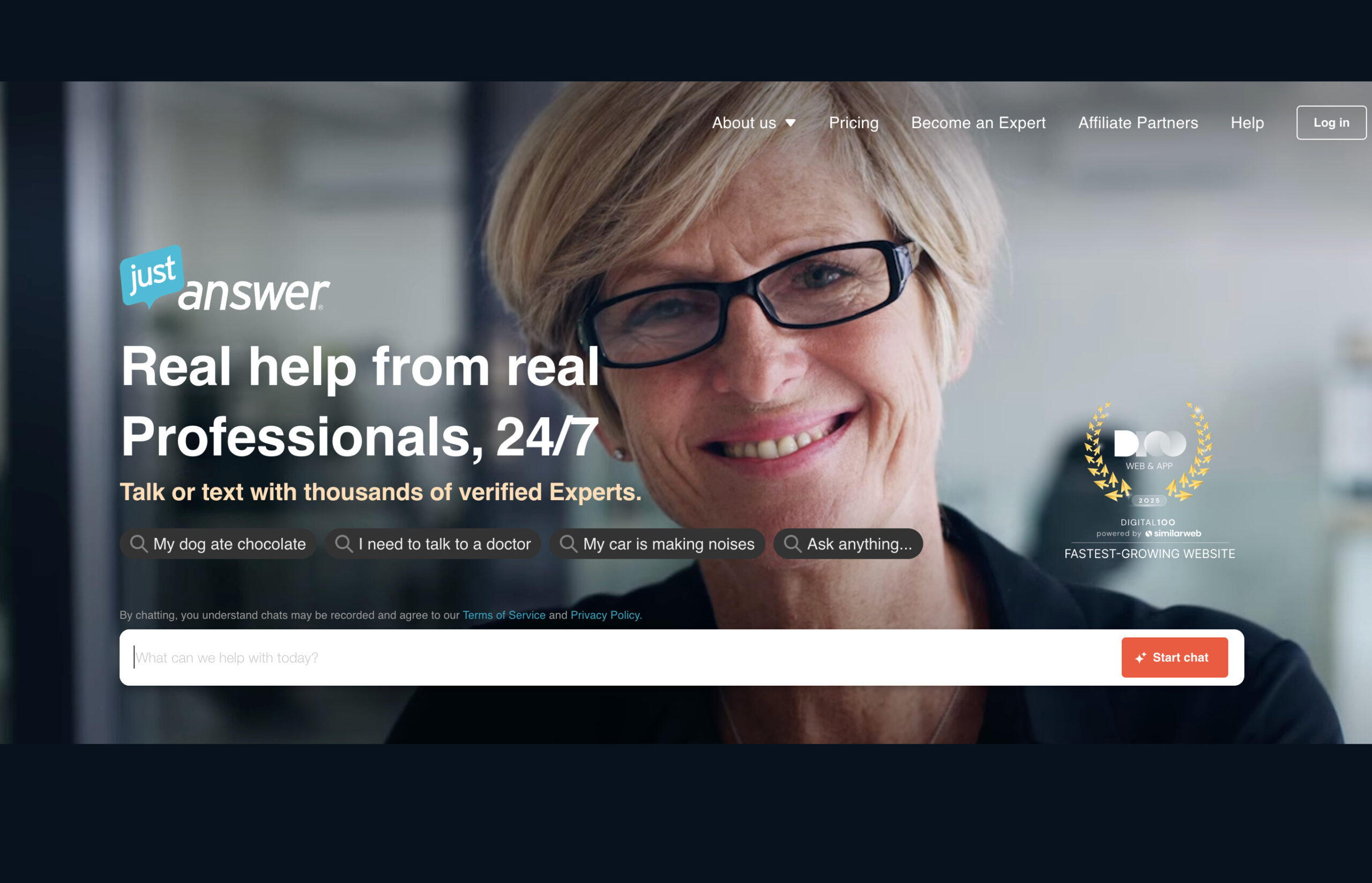
Megawatt Hour Disrupts Subscription Pricing With Percentage-Based Monthly Plans
Lorem ipsum dolor sit amet, consectetur adipiscing elit. Ut elit tellus, luctus nec ullamcorper mattis, pulvinar dapibus leo.
While there are plenty of subscription site launches in recent months, we liked Megawatt Hour for its smart approach and use of existing industry data. Co-Founder Deirdre Lord spoke to us about why the site developed a percentage-based subscription plan that's familiar to professionals in the energy purchasing industry. Plus, discover when to follow up a lead gen tactic with an email and when to call the prospect directly.
Company Profile Founded: 2010 No. of Publications: 1 Employees: 3 fu...
HELLO!
This premium article is exclusively reserved for Subscription Insider PRO members.
Want access to premium member-only content like this article? Plus, conference discounts and other benefits? We deliver the information you need, for improved decision-making, skills, and subscription business profitability. Check out these membership options!
Learn more about Subscription Insider PRO memberships!
Already a Subscription Insider PRO Member?
Please Log-In Here!








